The Renault Duster has officially entered the Australian market, but its arrival comes with a reality check. The compact SUV has earned a three-star ANCAP safety rating, leaving it well behind most new small SUVs on sale today.
The rating, based on tests of the European Dacia Duster, highlights a few positives but exposes clear safety shortcomings that Renault will struggle to justify in 2025.
Breaking down the safety scores
Adult Occupant Protection- 70% (28.15/40)
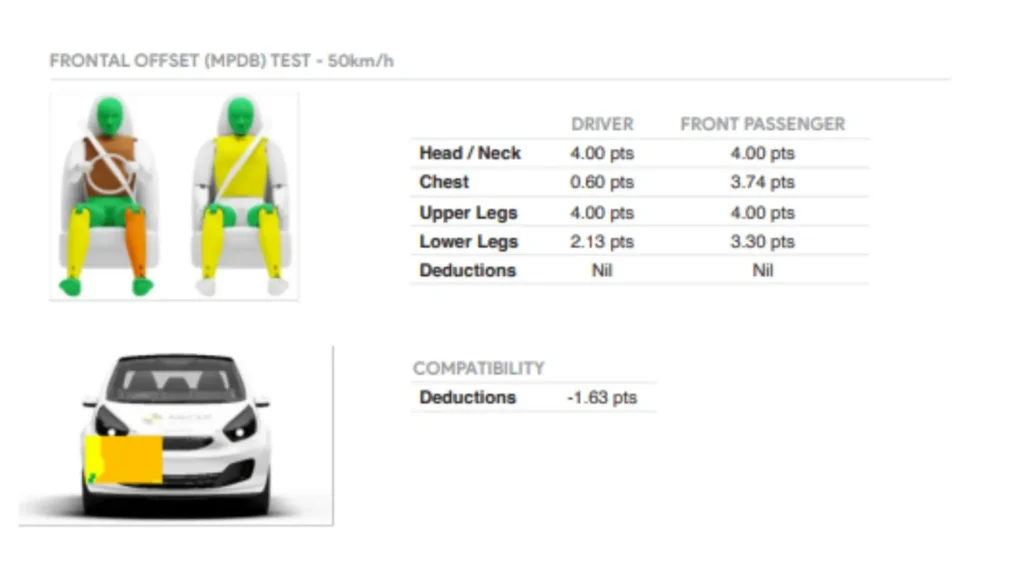
The Duster achieved 70% (28.15/40) in Adult Occupant Protection, an acceptable but far from impressive result. While it scored full points in side impact and oblique pole tests, things went downhill in the frontal offset and full-width frontal assessments, where weak protection was recorded for the driver’s chest.
It earned zero points for far-side impact protection, which means if you’re hit from the opposite side, the Duster provides virtually no cushioning to prevent internal contact between occupants. A centre airbag, now standard on most rivals, is completely absent.
Whiplash protection scored just 2.84 (front) and 0.75 (rear), suggesting the rear seats don’t offer much defence in a low-speed crash. In short, the Duster protects you decently from the side, but not nearly enough from the front or the far side.
Child Occupant Protection- 86% (42.42/49)

Here’s the one bright spot. The Duster earned 86% (42.42/49) for Child Occupant Protection, performing well in both the dynamic front and side impact tests. Its child restraint installation (11.81/12) and on-board safety features (7.00/7) also impressed, meaning it’ll keep younger passengers well-protected in a crash.
However, good child protection alone doesn’t make up for what’s missing elsewhere, especially when parents expect the safest possible car for their family.
Vulnerable Road User Protection- 60% (38.20/63)
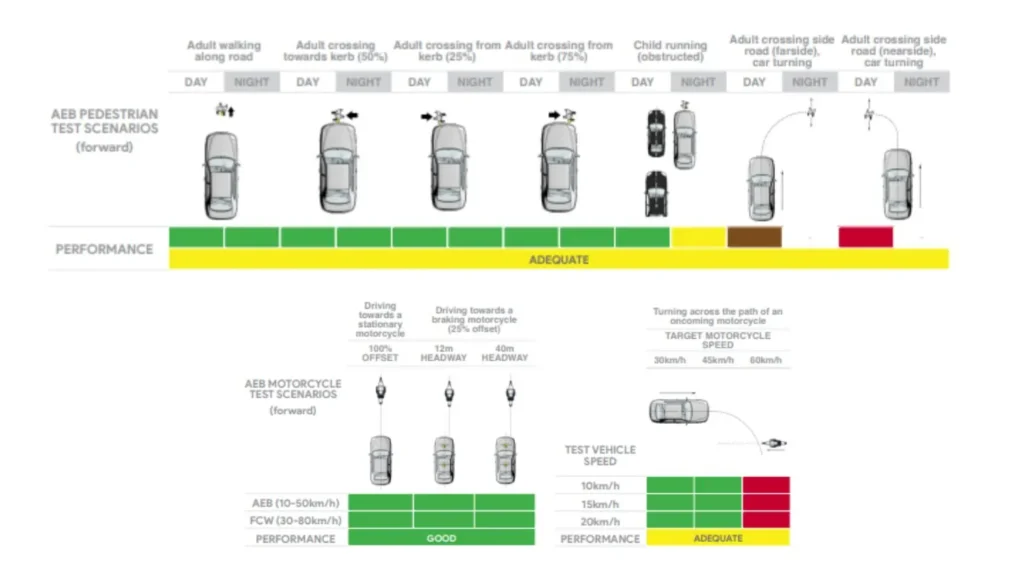
This is where the cracks start to widen. The Duster scored a below-average 60% (38.20/63) for Vulnerable Road User Protection.
While head and leg protection were reasonable, pelvis protection scored a dismal 0.03 out of 6, one of the lowest scores in recent memory. In plain terms, pedestrians and cyclists are not well-protected if struck by a Duster.
Its AEB (Autonomous Emergency Braking) system, supposedly designed to prevent such incidents, was shown to be inconsistent at best, particularly in head-on, turning, and high-speed scenarios. It also doesn’t respond to oncoming or overtaking vehicles in emergency lane-keeping tests, which is a big miss in 2025, when most competitors handle such situations with ease.
Safety Assist- 58% (10.46/18)
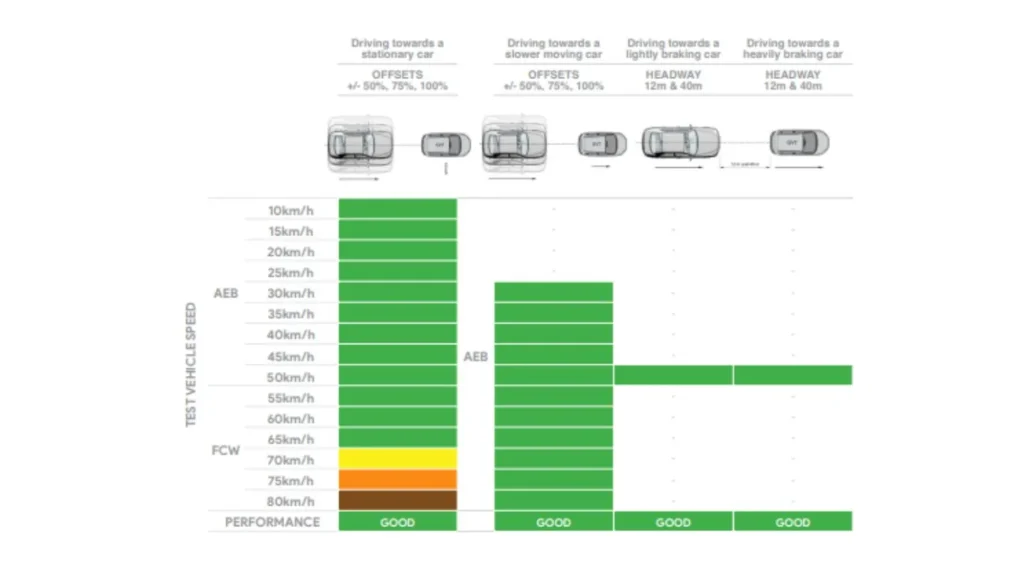
Things don’t get better here. The Duster’s 58% (10.46/18) Safety Assist score is frankly disappointing.
It lacks rear seatbelt reminders, its driver monitoring scored just 0.25/1, and its lane assist system only partially worked. The AEB system scored zeros in some of the most important areas, including head-on collision avoidance.
These are not minor gaps; they’re signs that Renault is relying on outdated tech to cover modern expectations.
Standard Safety Equipment
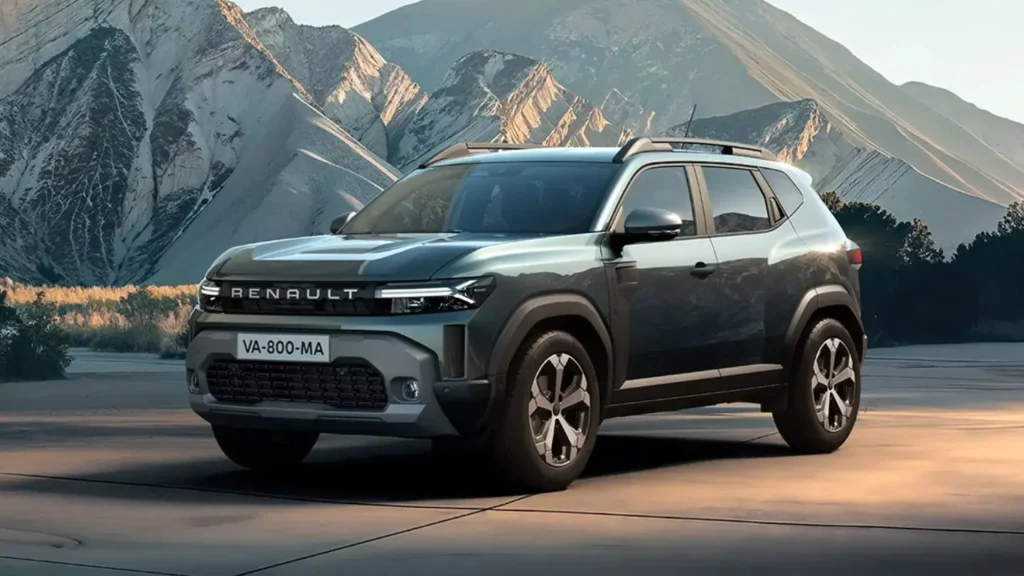
The Duster offers the basics but falls short of what buyers should expect in this price bracket:
- Dual frontal, side chest, and side head airbags
- AEB (Car-to-Car, Pedestrian, Cyclist, and Junction)
- Lane Keep Assist, Lane Departure Warning, and Emergency Lane Keeping
- Speed Assist and Speed Sign Recognition
However, there’s no centre airbag, no rear seatbelt reminders, and no backover AEB, all of which are standard on many small SUVs that cost less.
Who should consider the Renault Duster?
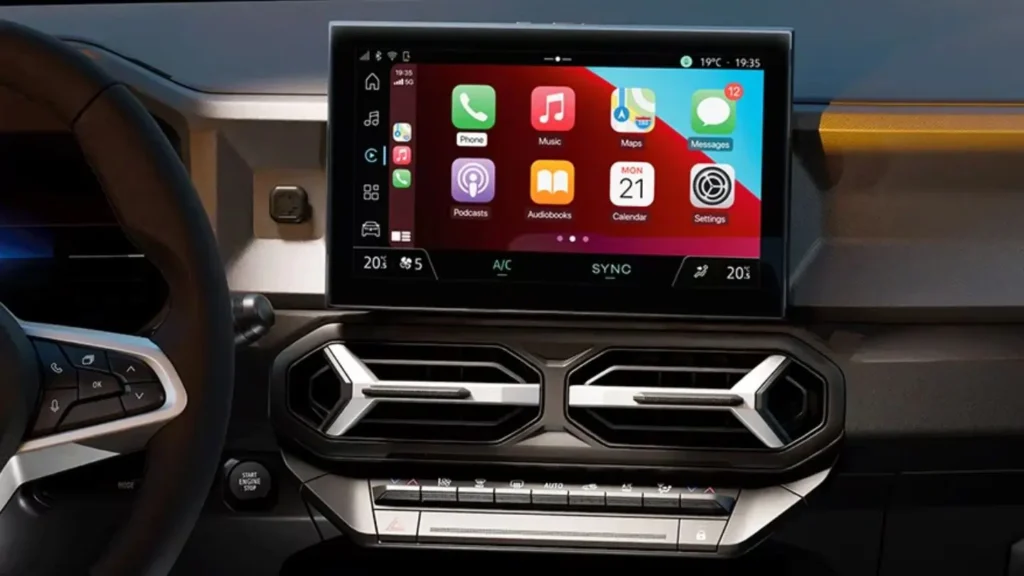
- Buyers prioritising price and practicality over top-tier safety.
- Drivers who mostly commute in urban settings and can accept its limitations.
- Families who value strong child occupant scores but can live with the rest.
What does ANCAP say?
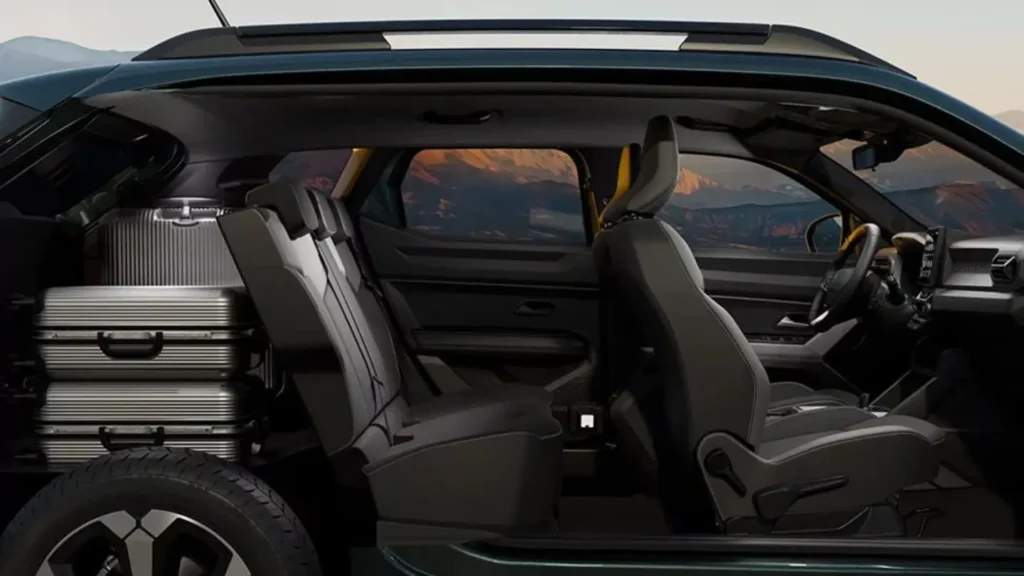
ANCAP didn’t mince words either. The organisation confirmed that while the Duster offers “solid protection in side impacts,” it “falls behind in active safety and driver assistance technologies.”
Translation: it keeps you safe if you’re hit from the side, but it isn’t very good at helping you avoid the crash in the first place.
Final Word
The Renault Duster’s three-star ANCAP rating is a reality check for anyone expecting a well-rounded, modern SUV. Yes, it’s affordable and has decent child protection scores, but that’s where the praise ends.
From missing airbags to weak AEB performance and inconsistent crash protection, the Renault Duster feels a generation behind its rivals.
If Renault wants to compete seriously in Australia’s small SUV segment, it’ll need more than rugged styling and a low sticker price. Because in 2025, three stars just doesn’t cut it.

Comments
New Comment